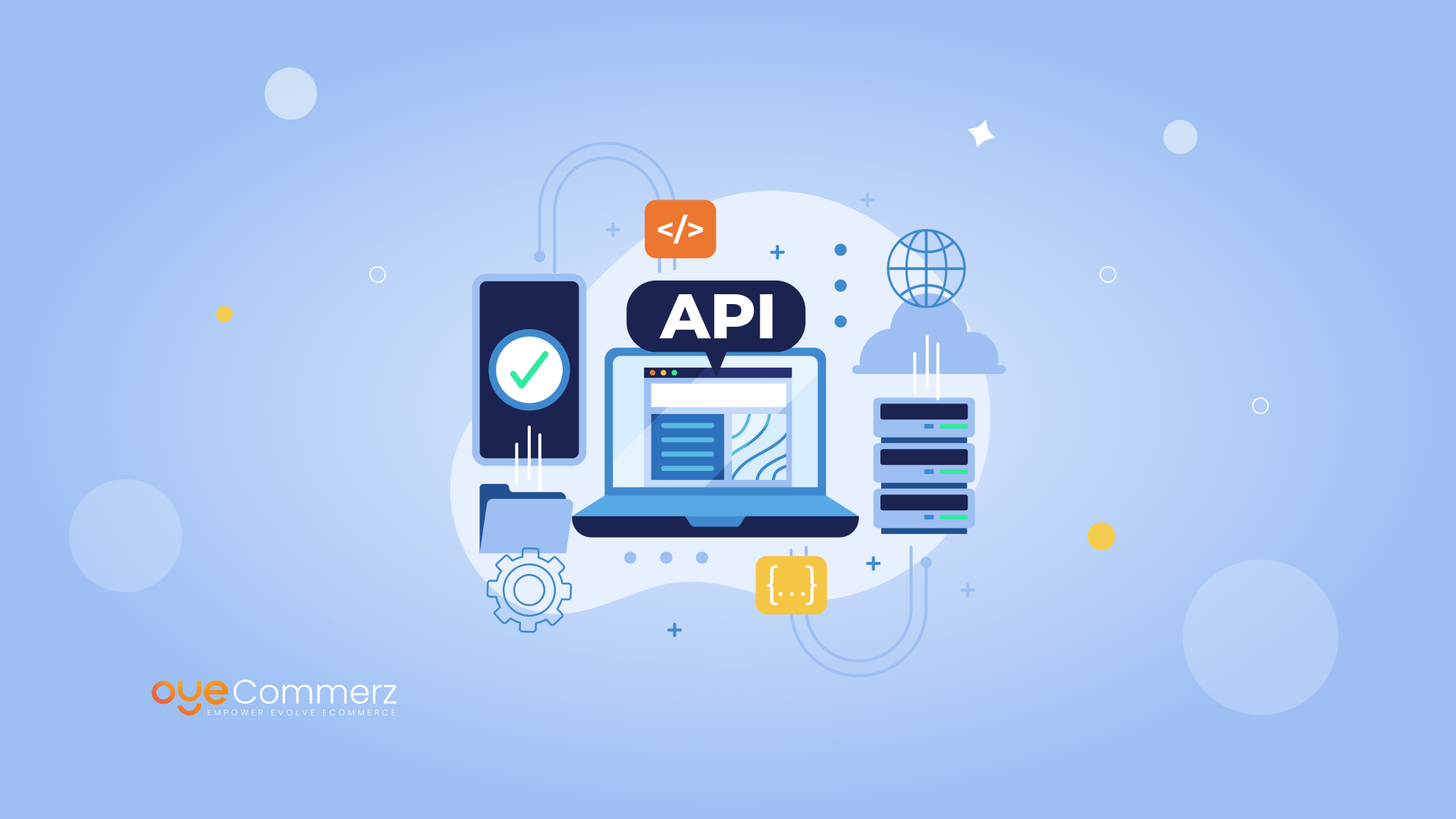
Starting Point
In today's intense e-commerce environment, Shopify merchants are continually looking for methods to boost profits and optimize their workflow. An impactful method is through personalized Shopify applications designed to fulfill individual operational goals. Syncing with the Shopify API and using platforms like the Polaris design system, these solutions equip organizations to expand effectively while improving customer engagement. In this post, we’ll discuss important facets of Shopify app-building, from visual design concerns and key components to effective methods for upkeeping and expanding app capabilities efficiently.
1. Comprehending Shopify API Connection
A solid understanding of Shopify’s API—both Representational State Transfer and Graph Query Language—is key for developing robust Shopify applications. With these interfaces, programmers can retrieve, modify, and manage details within a Shopify site. The Graph Query Language interface offers efficient information processing, facilitating speedier replies by obtaining only the required information. Connecting the API enables programmers to tailor app capabilities to the company’s particular requirements, offering a smooth UX that improves operational effectiveness and sales.
2. Leveraging the Polaris Design System
Shopify’s Polaris framework helps programmers to build a consistent and easy-to-use interface across Shopify apps. Polaris gives a range of components and best practices that align with Shopify’s branding, allowing apps feel cohesive within the Shopify environment. This strategy doesn’t just supports smooth user interactions but also contributes to maintain visual identity, an essential component in building credibility with clients.
3. Developing within the Shopify App Ecosystem
The Shopify app ecosystem is extensive, allowing app creators to create integrated Shopify apps that function in a shop's control interface. Internal apps simplify the interface by integrating smoothly within Shopify’s dashboard, eliminating the necessity for separate logins or extra steps. For programmers, using Node.js for behind-the-scenes tasks and the React framework for the UI has grown into a favored option, as these frameworks facilitate scalable, adaptive programs that provide an high-quality interface.
4. Essential Features for Shopify Apps
A successful Shopify app must have functionalities that tackle important challenges in the customer shopping experience. Automated notifications for immediate alerts, personalized layout customization options, and cross-channel commerce capabilities are critical elements that can improve operational control and customer engagement. By adding these functions, Shopify apps go beyond simplify in-house tasks but also boost the overall customer experience.
5. Effective Approaches for App Development
When building best practices for Shopify app development Shopify apps, it’s essential to adhere to standard guidelines. App maintenance strategies such as consistent improvements, customer support, and safety measures are critical for sustaining consumer confidence. Online visibility strategies for Shopify applications can also be utilized to enhance app reach and user base. Customer engagement tactics, such as push notifications and loyalty programs, are essential for retaining users and creating a devoted following.
6. Growing Shopify Applications for Future Demand
As Shopify businesses expand, expanding app capabilities becomes critical to manage higher user loads and performance requirements. Adopting cloud-based setups and emphasizing data management through GraphQL can help applications expand without slowdowns. It’s also necessary to have a strategy for scaling the app’s backend systems to manage increased demand, which includes a list for choosing a technical team with background in Shopify applications.
7. Evaluating the Cost of Creating Shopify Applications
Building personalized Shopify apps can vary significantly in investment depending on the capabilities, connections, and customization required. Fundamental elements like API integrations, customer engagement tools, and online reach options can increase digital marketing for Shopify apps expenses. However, the profit potential is often worthwhile, as these applications can immediately enhance profits and simplify workflow.
8. Upkeep Approaches
Sustaining application performance is just as crucial as initially building it. Frequent patches to fix bug fixes, enhance protection, and maintain integration with the latest Shopify platform updates are important. Forward-thinking upkeep methods also include client help and feature enhancements that keep up with evolving e-commerce trends.
9. Platforms for Developing Shopify Applications
Shopify offers multiple options to streamline the creation workflow, from app development frameworks like JavaScript runtime and React to automated notifications for real-time updates. Resources such as Shopify’s CLI streamline the coding process, while Shopify App Bridge facilitates integrated applications to connect easily with Shopify’s admin interface. These options are invaluable for building applications that are both functional and intuitive.
10. Upcoming Innovations in Shopify App Development
The prospects of Shopify app creation is promising, with new directions pointing towards artificial intelligence capabilities, enhanced omnichannel capabilities, and new application add-ons. As online shopping continues to evolve, app creators will have to keep up with these trends to create applications that go beyond fulfill but exceed customer needs.
Final Thoughts
Custom Shopify apps offer a effective solution for digital retailers to scale efficiently, increase revenue, and optimize processes. From connecting with data interfaces and the design standards to core elements and maintenance strategies, each aspect of Shopify application building plays a key role in delivering a user-friendly experience for users. As Shopify keeps evolving, anticipating upcoming innovations in software building will allow businesses make the most of Shopify’s powerful ecosystem, solidifying their place in the digital retail industry.